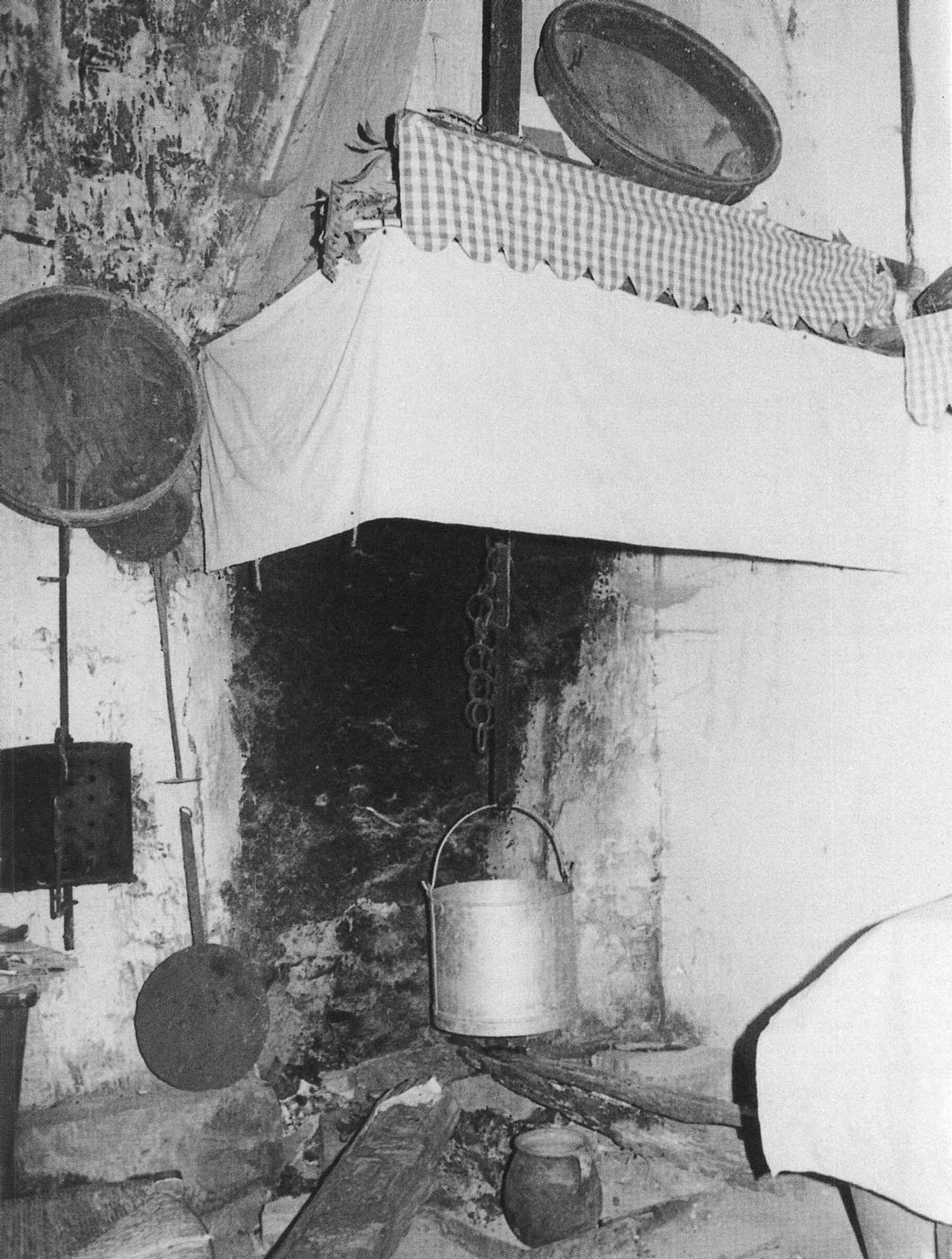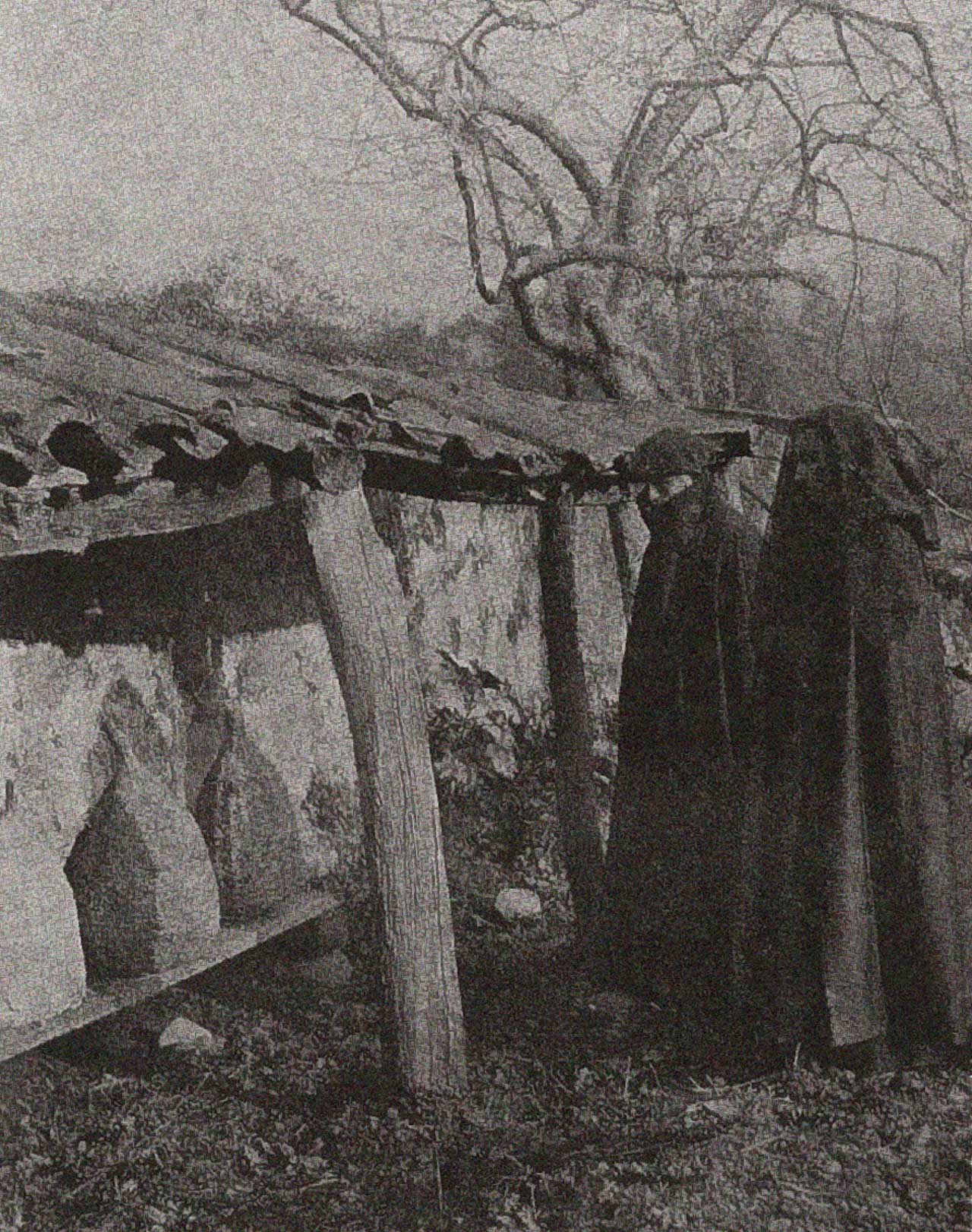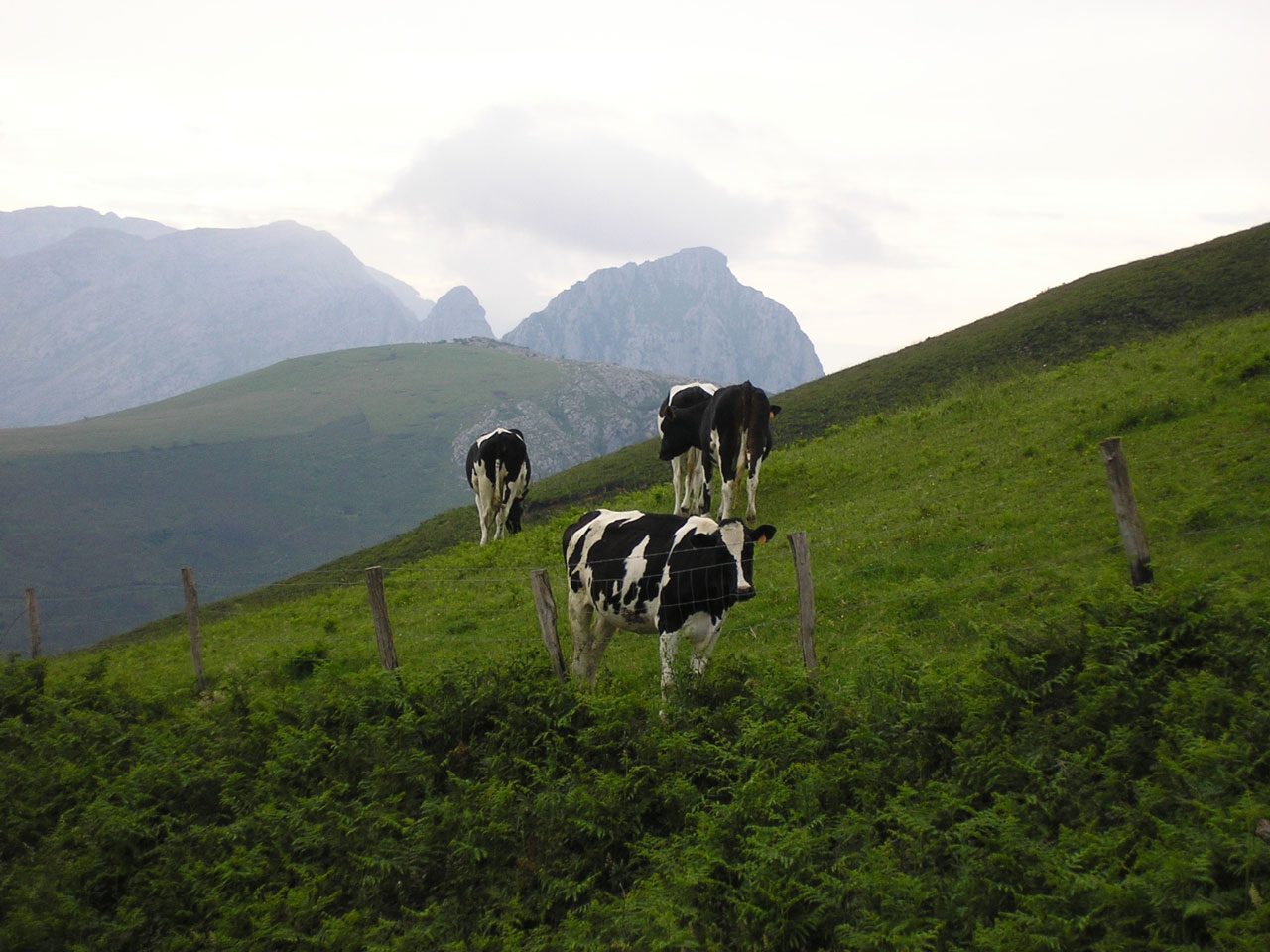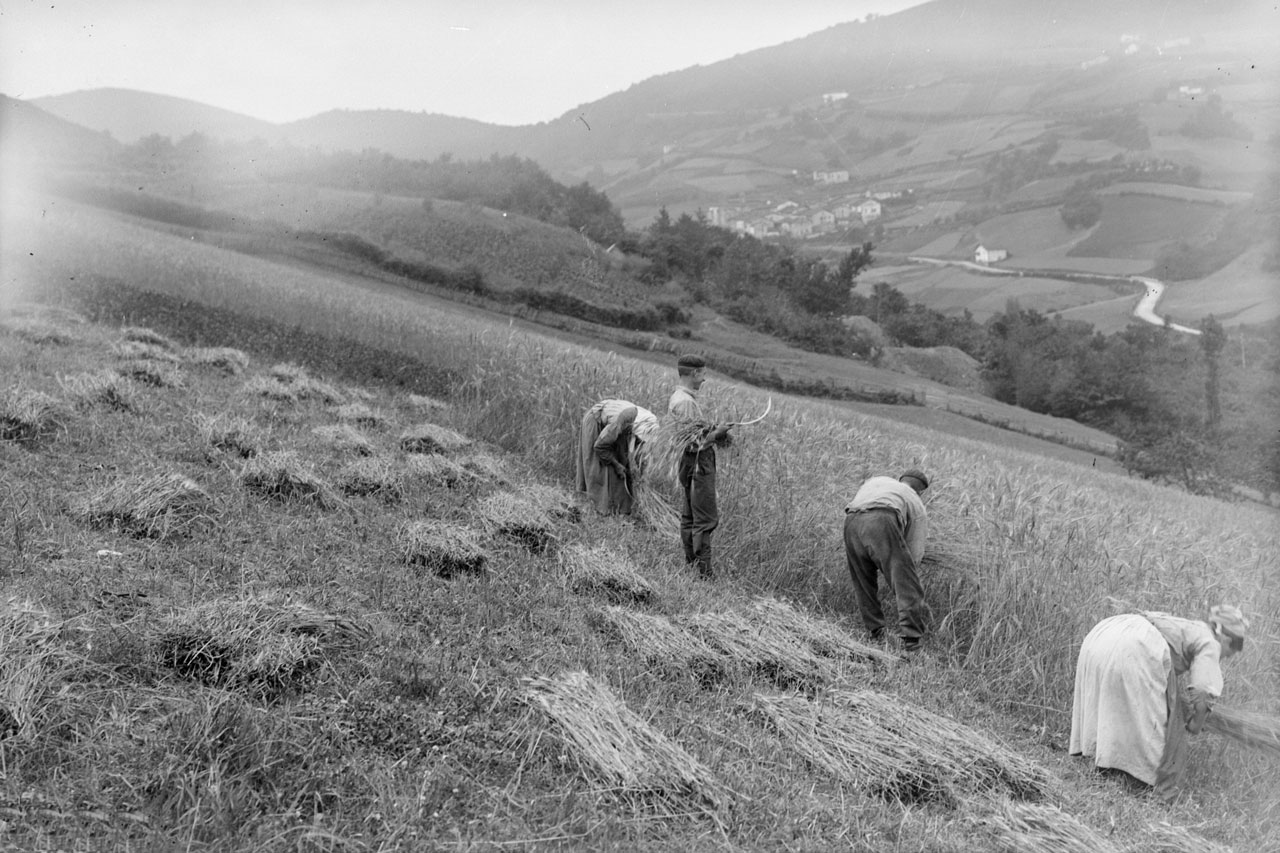Diferencia entre revisiones de «Main Page/en»
De Atlas Etnográfico de Vasconia
| Línea 52: | Línea 52: | ||
====[/atlas/casa/Senar-emazte-zaharrak-eta-gazteak-matrimonios-mayor-y-joven-Areatza-principios-del-siglo-20.jpg|Old and young husband and wife. Areatza (B), beginning of the 20th century. Source: Rubén de Las Hayas’ private archive.|The aim was to ensure that the family wealth, taken to be the farmstead and its belongings, would be passed on in full or only slightly diminished, and improved if possible, from parents to their offspring.||ENLACE]==== | ====[/atlas/casa/Senar-emazte-zaharrak-eta-gazteak-matrimonios-mayor-y-joven-Areatza-principios-del-siglo-20.jpg|Old and young husband and wife. Areatza (B), beginning of the 20th century. Source: Rubén de Las Hayas’ private archive.|The aim was to ensure that the family wealth, taken to be the farmstead and its belongings, would be passed on in full or only slightly diminished, and improved if possible, from parents to their offspring.||ENLACE]==== | ||
| − | ===[alimentacion| | + | ===[alimentacion|Family Diet in the Basque Country|/atlas/alimentacion.png|Food and eating habits in the family, ritual meals, celebrations and lifestyles.]=== |
| − | ====[Alimentacion_domestica_en_vasconia | | + | ====[Alimentacion_domestica_en_vasconia | Family Diet in the Basque Country]==== |
| − | ====[/atlas/alimentacion/Odol-usten.jpg| | + | ====[/atlas/alimentacion/Odol-usten.jpg|Pig bleeding. Source: José Zufiaurre, Etniker Euskalerria Groups.|''Odolosteak ordeaz.''<br /><br /> Neighbours and relatives are given black puddings and other pork cuts as a gift at pig slaughter time. It is an act of courtesy, an expression of the close bond shared with them, and part of an established exchange ritual.|]==== |
| − | ====[/atlas/alimentacion/Erraria-hornada-de-pan-Caserio-Ariztimuno-Onati-1995.jpg| | + | ====[/atlas/alimentacion/Erraria-hornada-de-pan-Caserio-Ariztimuno-Onati-1995.jpg|Bread baking. Ariztimuño Farmhouse. Oñati (G), 1955. Source: Antxon Aguirre, Etniker Euskalerria Groups.|Ogi erre berri, etxe galgarri. <br />''Soft bread at home, an unruly household.''|]==== |
| − | ====[/atlas/alimentacion/Labartoa.jpg| | + | ====[/atlas/alimentacion/Labartoa.jpg|Bushel of maize grain. Source: Ander Manterola, Etniker Euskalerria Groups.|Maize, introduced in the 17th century, and potatoes, in the 19th, would revolutionise the Basque diet.|]==== |
====[/atlas/alimentacion/Dando-brillo-al-pan.jpg|Dando brillo al pan. Fuente: Ander Manterola, Grupos Etniker Euskalerria.|Nolako irina, halako ogia. | ====[/atlas/alimentacion/Dando-brillo-al-pan.jpg|Dando brillo al pan. Fuente: Ander Manterola, Grupos Etniker Euskalerria.|Nolako irina, halako ogia. | ||
Revisión del 12:30 27 ene 2020
Four generations of the same family. Ajangiz (B), 1977. Source: Segundo Oar-Arteta, Etniker Euskalerria Groups.
House and Family in the Basque Country


House and Family in the Basque Country
The family was the cornerstone of the farmstead, and the farmsteads along with the families provided coherence and structure to the neighbourhood and society.
Family Diet in the Basque Country


Family Diet in the Basque Country
Sueteko laratzak jakiten dau etxeko barri. A cada uno se le conoce por cómo se muestra en casa.
Zeanuriko (B) umetxoak, 1913. Fuente: Archivo Fotográfico Labayru Fundazioa: Fondo Felipe Manterola.
Juegos infantiles en Vasconia


Juegos infantiles en Vasconia
Consiste en hacer rodar un aro metálico o de madera que se acompaña de una varilla de alambre con un gancho en su extremo que sirve para dirigirlo e impulsarlo.
Medicina popular en Vasconia


Medicina popular en Vasconia
Osasuna galtzen duenak dana galtzen du. Quien salud no tiene, de todo bien carece.
Ritos del nacimiento al matrimonio en Vasconia


Ritos del nacimiento al matrimonio en Vasconia
Ezkon urte, ero urte En año de casamiento enloquece el pensamiento.
Ritos funerarios en Vasconia


Ritos funerarios en Vasconia
Erletxuak, erletxuak, egizute argizaria, nagusia hil da-ta, behar da elizan argia. Fórmula ritual para la comunicación de la muerte a las abejas.
Vacas en prados comunales. Carranza (B), 2007. Fuente: Luis Manuel Peña, Grupos Etniker Euskalerria.
Ganaderia y pastoreo en Vasconia


Ganaderia y pastoreo en Vasconia
Las poblaciones asentadas en zonas donde la ganadería ha sido base fundamental de su modo de vida consideran a San Antonio Abad principal protector de la salud y de la fertilidad de los animales.
Agricultura en Vasconia


Agricultura en Vasconia
Satsitu ta jorratu ta garia hartu. Estercolar y escardar y recoger trigo.








